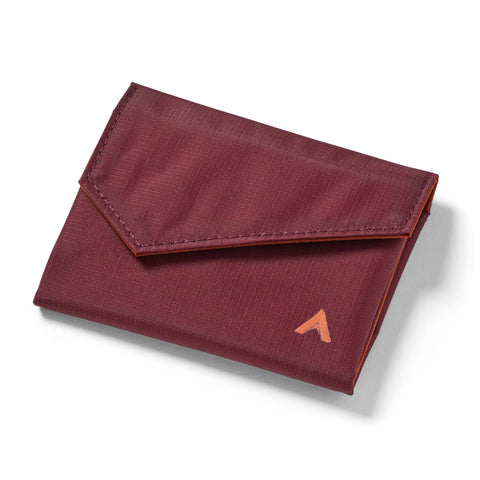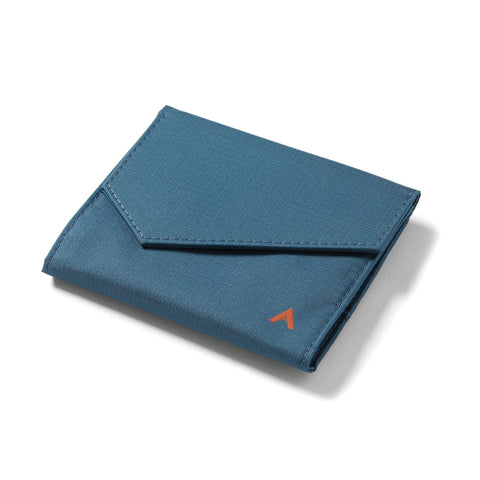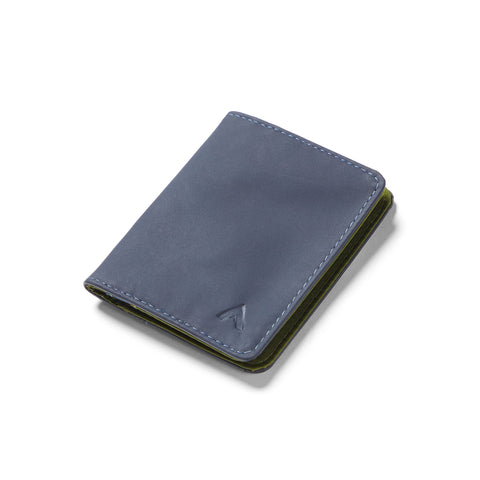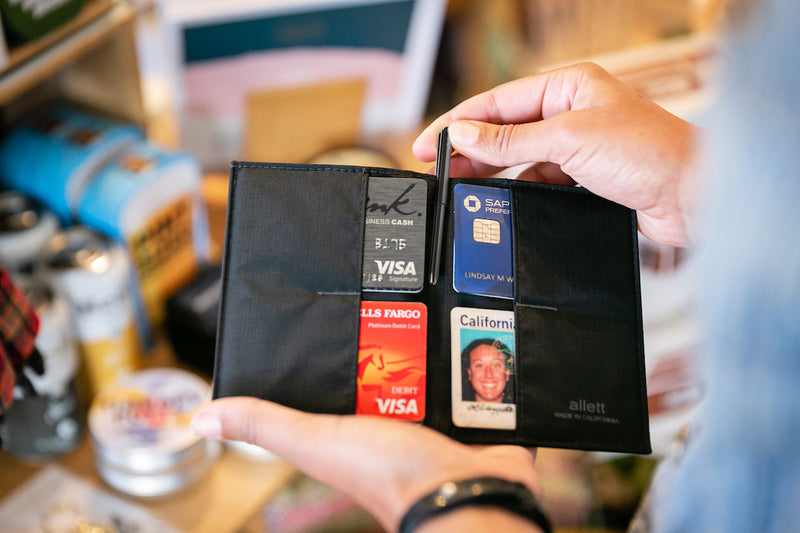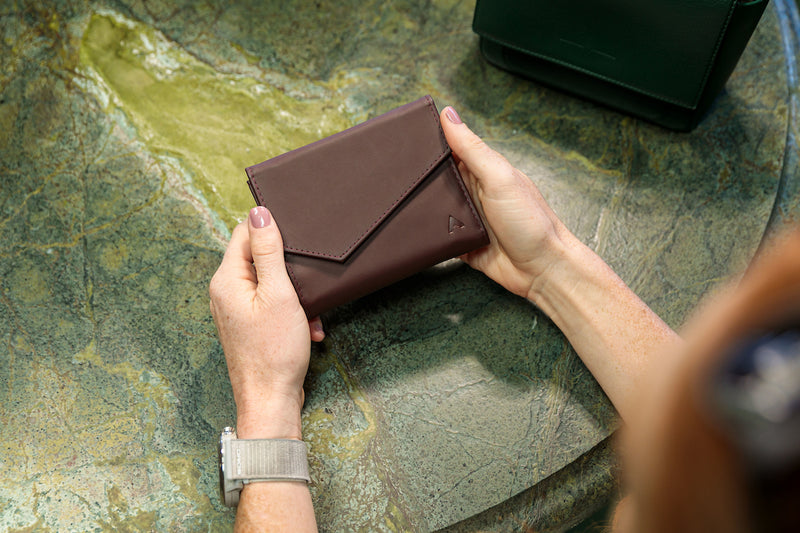How Important is RFID Technology in Wallets Anymore?
By Veronica Eisner
Updated April 05, 2024 @ 02:33PM
In This Article
In the not-so-distant past, in order to pay for something with a credit card, you had to swipe your card down a machine that would read the strip on the card. It wasn’t a particularly difficult process, but it was surprisingly easy to steal, because one could create multiple duplicates of the same card simply by reading the data on the strip.
RFID chips offered an alternative. Instead of swiping the card, someone could simply tap it. They are also safer. In addition to the credit card information, the RFID chip has an always-changing electronic CVV that is required for the card to work. Anyone that tries to create a copy of the card can basically only use it once, if at all, before it would no longer match and no longer work.
RFID is also smaller and cheaper than ever, making it much easier to place inside of credit cards. But it came with one downside. Because it was contactless, someone could steal the card information by placing an RFID reader close to the card. Though they wouldn’t be able to steal the card to make multiple payments, they could use that to make large purchases or transfer money to themselves.
RFID chips were thus less risky for theft overall, but at much higher risk for stealthy theft – all it would take is a moment of unexpected contact, and a person could make a purchase without the other person realizing that their card has been compromised.
In order to combat this issue, some wallet designers installed what is known as RFID blocking technology – a layer of thin material that scrambles radiofrequency waves, making it impossible for any reader to read the card when it is inside of the wallet. Only by physically removing the card from the wallet can the card be read by a machine.
RFID blocking wallets played a critical role in preventing RFID thefts. Still, time has passed. RFID thefts are becoming less common. The technology behind RFID is also becoming better/stronger.

So, how important is RFID technology in wallets anymore?
Very, at least for now.
RFID Theft is Going Down – But Why?
When RFID chips were first added to credit and debit cards, the theft of card data was common even as the technology behind the chips improved. But it was not improvements in the technology behind RFID chips that made the difference. It was these wallets.
With more and more people using RFID blocking wallets, it became much more difficult for anyone with an RFID reader to steal a person’s data. They would have to walk from person to person, over and over, trying to find someone that has a wallet without an RFID blocker and hoping that they can then find themselves in a situation where the data can be stolen without getting caught.
The amount of work it would be to find one of the few people that did not have an RFID wallet would be so substantial, that there would be a very good chance of being caught long before you stole a single card. It was not worth the risk.
If more and more people stopped using RFID blocking wallets, it would no longer be low risk, and it might become profitable again for potential thieves to try to start stealing RFID chip data again.
In addition, though the threat is reduced, it is still out there – and it is getting better. There are fewer people trying to steal this chip information, but the tools that they are using are more powerful than they were before, offsetting some of the improvements in RFID security.
Always Look for RFID Blocking Wallets
Even as the threat of RFID theft decreases, RFID blocking technology remains increasingly important. Indeed, the more people that adopt these types of wallets, the more successful it will be for all of us to make sure that RFID theft continues to decline.
If you’re looking for a luxury RFID blocking wallet, take a look at our entire selection of both leather and nylon wallets here at Allett, all of which are designed with RFID blocking layers.

